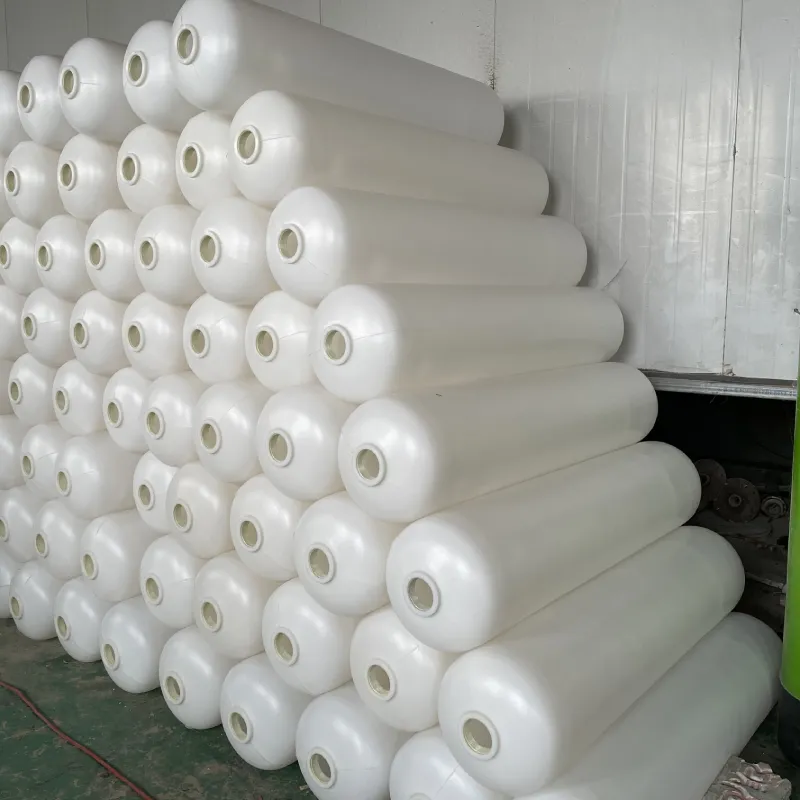loading...
- No. 9, Xingyuan South Street, Dongwaihuan Road, Zaoqiang County, Hengshui, Hebei, China
- admin@zjcomposites.com
- +86 15097380338
- Welcome to visit our website!
Exploring the Costs of FRP Channels in Today's Market
The Dynamics of FRP Channel Pricing A Comprehensive Overview
Fiber Reinforced Polymer (FRP) channels are rapidly gaining popularity across various industries due to their strength, durability, and corrosion resistance. Used in applications ranging from construction to automotive manufacturing, the pricing of FRP channels has become a focal point for businesses and consumers alike. Understanding the factors that influence FRP channel prices is essential for making informed purchasing decisions and optimizing material usage.
Factors Influencing FRP Channel Prices
1. Raw Material Costs The primary components of FRP channels are the reinforcement fibers (like glass or carbon) and the polymer matrix. The prices of these raw materials can fluctuate significantly, influenced by market demand, availability of resources, and global supply chain dynamics. For instance, an increase in the cost of carbon fibers directly impacts the overall cost of FRP products.
2. Manufacturing Processes The methods employed to manufacture FRP channels also play a significant role in pricing. Advanced production techniques such as pultrusion, resin transfer molding, and filament winding require specialized equipment and expertise, which can increase costs. Economies of scale can lead to lower prices for larger production runs, reflecting the importance of production volume on the final price of FRP channels.
3. Market Demand and Supply As industries continue to recognize the benefits of FRP materials—such as reduced weight, improved durability, and resistance to environmental degradation—demand has surged. In times of high demand, prices often rise due to limited supply. Conversely, during economic downturns or when alternative materials become more favored, the prices of FRP channels may stabilize or decrease.
4. Geographic Location Transportation costs play a crucial role in the pricing of FRP channels. The location of production facilities, coupled with the distance to the end user, can impact the final price. Regions with higher transportation costs or tariffs may see elevated prices, thereby influencing buyer decisions on where to source these materials.
5. Customization and Specialization The ability to customize FRP channels for specific applications can also affect prices. Channels designed for specialized uses, such as those requiring unique dimensions or additional coatings for enhanced protection, often come at a premium. Customers willing to invest in tailored solutions may find that the long-term benefits offset the initial costs.
frp channel price

Comparison with Traditional Materials
When comparing FRP channels to traditional materials like steel or aluminum, the price factor becomes increasingly complex. While the upfront costs for FRP channels can sometimes be higher, it's crucial to consider their long-term advantages. FRP channels offer superior resistance to corrosion, leading to lower maintenance costs over time. Additionally, their lightweight nature can result in reduced shipping and handling costs, making them an economically viable option in the long run.
Future Trends in FRP Channel Pricing
Looking ahead, the pricing landscape for FRP channels is expected to evolve. Innovations in manufacturing processes, such as automated production techniques, could lead to lower costs. Furthermore, the growing commitment to sustainability may drive demand for eco-friendly materials, including recycled FRP options, possibly influencing market prices.
Additionally, as the global economy shifts and new markets emerge, the competition among manufacturers could lead to more competitive pricing models. This factor, combined with increasing applications in green building practices and renewable energy projects, is likely to shape the future of FRP channel pricing.
Conclusion
In summary, understanding the pricing dynamics of FRP channels is essential for stakeholders across various sectors. By keeping an eye on raw material costs, manufacturing processes, market trends, and the comparative value of FRP against traditional materials, buyers can make informed choices that align with their project needs and budget constraints. As the market continues to develop, staying abreast of these factors will be crucial for anyone looking to leverage the benefits of Fiber Reinforced Polymer channels.
-
The Rise of FRP Profiles: Strong, Lightweight, and Built to LastNewsJul.14,2025
-
SMC Panel Tanks: A Modern Water Storage Solution for All EnvironmentsNewsJul.14,2025
-
GRP Grating: A Modern Solution for Safe and Durable Access SystemsNewsJul.14,2025
-
Galvanized Steel Water Tanks: Durable, Reliable, and Ready for UseNewsJul.14,2025
-
FRP Mini Mesh Grating: The Safer, Smarter Flooring SolutionNewsJul.14,2025
-
Exploring FRP Vessels: Durable Solutions for Modern Fluid HandlingNewsJul.14,2025
-
GRP Structures: The Future of Lightweight, High-Performance EngineeringNewsJun.20,2025
